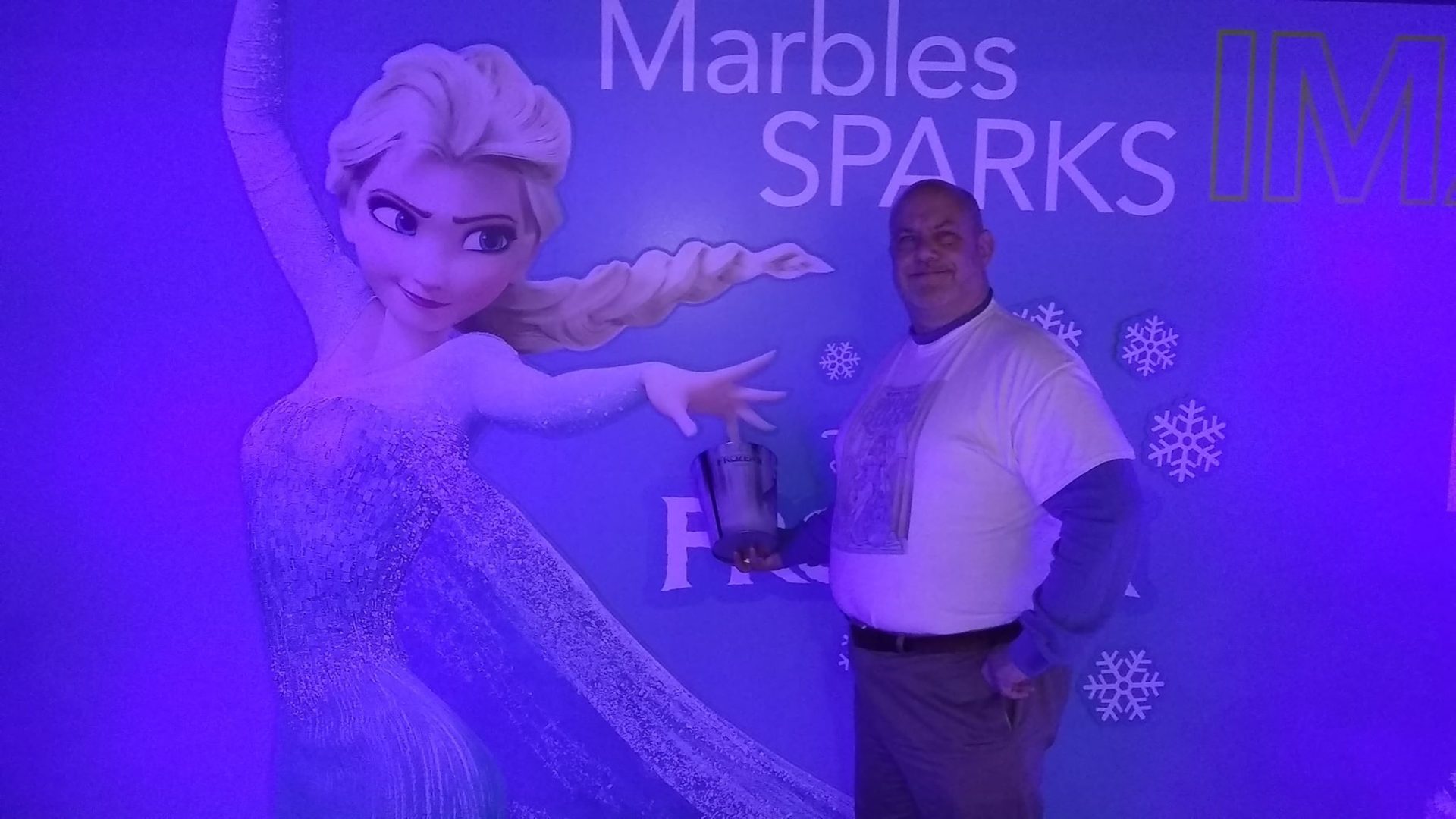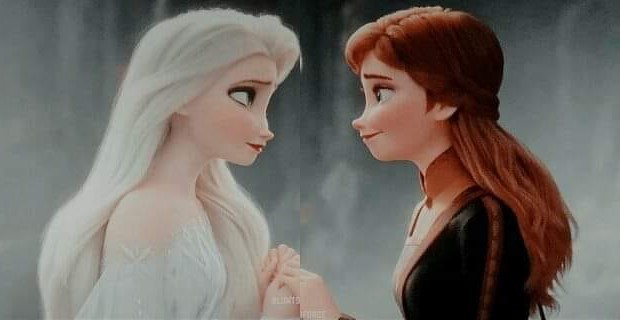
“A body by its weight tends to move toward its proper place…My weight is my love: wherever I am carried, my love is carrying me.” – Saint Augustine.
“I can sense you there / Like a friend I’ve always known / I’m arriving / And it feels like I’m home.” – Elsa, “Show Yourself” (lyrics by Kristen Andersen-Lopez and Robert Lopez).
A year has passed since I wrote the first part of “Why Everyone Is Wrong About Frozen.” In that time, Frozen 2 came out, and, what do you know: Disney made a sequel that confirmed my thesis that the original movie was largely misunderstood alike by both those who despised and loved it.
Frozen 2, by extending and expanding upon the theme of the original as conceived by co-writer / co-director Chris Buck (to do something different on the definition of love), serves as a corrective to popular misapprehensions of the 2013 original.
In particular, the sequel makes it clear that Frozen was never meant to glorify the “self expressive individualism” of our culture that was largely responsible for the runaway popularity of “Let It Go” ( See my previous blog, “Why Everyone Is Wrong About Frozen, Part One: The Movie No One Ever Sees”).
To that end, Frozen 2 is even more ambitious in turning the theme of love in a princess movie on its head. For the sequel is not about falling in love, or being in love, or even sisterly love, but, rather, putting your loves in their proper order.
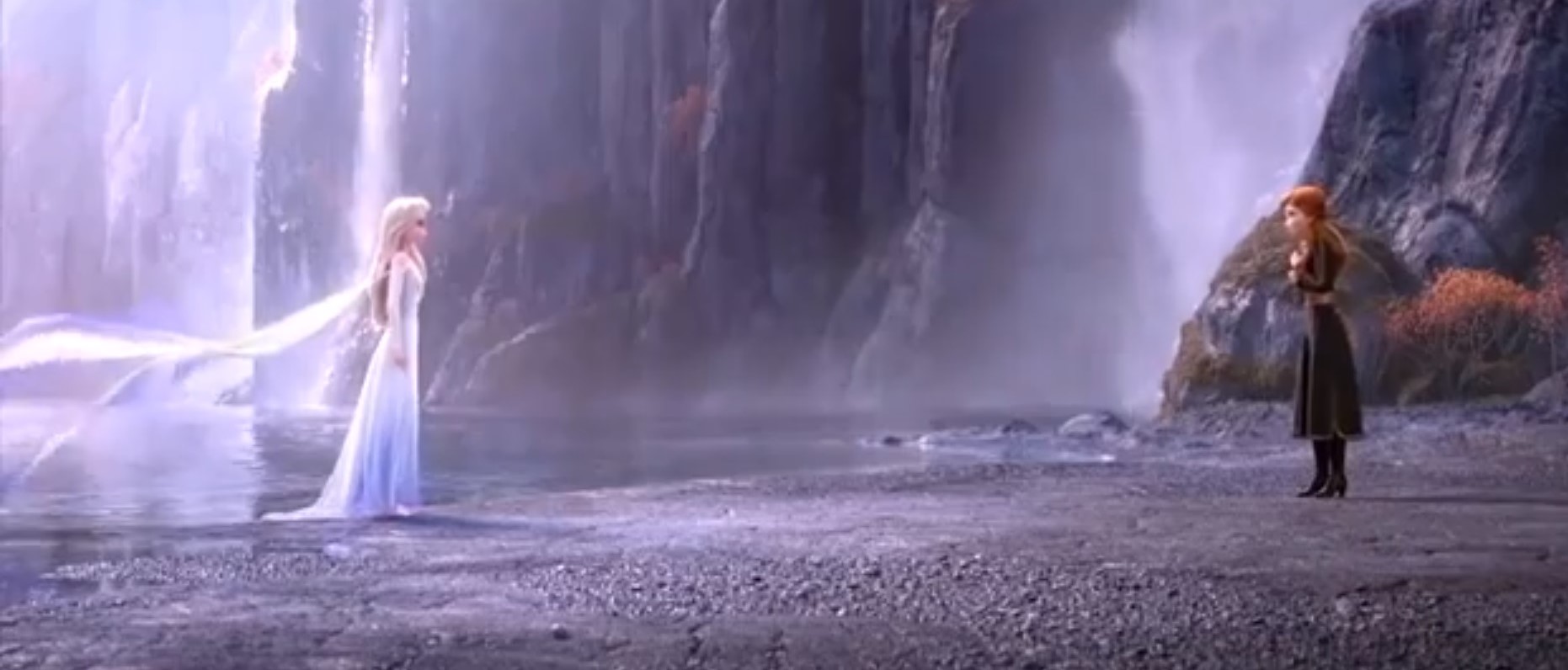
Saint Augustine puts it this way. One who would be just and good is careful “that he does not love what is wrong to love, or fails to love what should be loved, or loves too much what should be loved less, or loves too little what should be loved more.”
The two Frozen movies together, on one level, can be viewed as two young women’s search for significance in others and misordering their loves in the process until each learns ultimate personal validation is found elsewhere – in a different kind of love.
I. ANNA: “PUTTING YOUR LOVE IN ALL THE WRONG PLACES.”
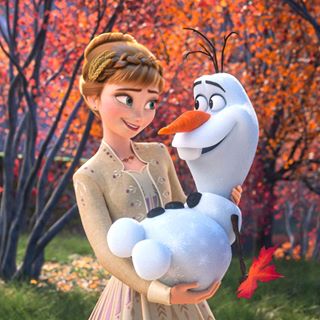
In Frozen, bereft of her parents and isolated from her sister, Anna longs for a romantic partner to give her life meaning. We see in the childhood prologue to Frozen 2 that she has always been boy crazy (while Elsa responds to her sister making two ice figurines kiss with the appropriate little girl “yuck”).
When Frozen 2 begins, however, Anna has clearly begun taking her boyfriend Kristoff for granted. At last having gotten a good guy, he apparently hasn’t given her the satisfaction she expected from romance.

If she is disappointed in this regard, she is apparently not alone. “We want to be justified, to know our existence has not been vain,” says Ernest Becker. “We want redemption – nothing less. Needless to say, human partners cannot give this.”
Note that when Anna is listing to Olaf the people who make her happy, Elsa is higher on the list than Kristoff. As the “Some Things Never Change” song comes to an end, she embraces Elsa, but never her boyfriend.
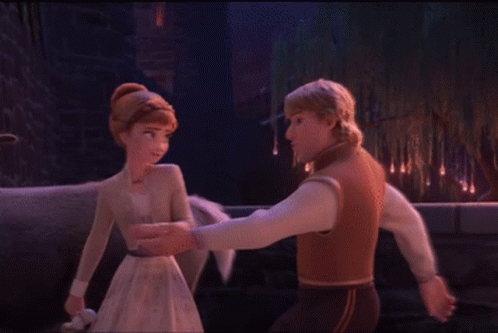
Instead, as she looks at him dreamily, she’s hugging herself.
Now 21, Anna is still in love with the fantasy of romantic love, that it’s primarily about how it makes her feel. This, of course, is an adolescent’s narrow view of romance. But even adult romance, where she had placed it in her hierarchy, cannot deliver the kind of personal fulfillment she expected from it.
So, Anna has instead retreated into recapturing her all-too brief happiness in childhood. She crawls in bed with her sister just as they did with their mother when they were small. Even the charades they play as adults are analogous to the role playing with Elsa’s ice figures that we see them doing as tiny children in the prologue

Anna has clearly shifted her gravitation – dare I say her worship – to her sister. Her statement “I believe in you Elsa” does indeed sound like a proclamation of religious devotion. In fact, it’s a lot like that.
Under the leadership of Jennifer Lee, the makers of Frozen 2 took an admirably collaborative approach in making the film that resulted in the depths it has to offer. Actress Kristen Bell, the voice of Anna, bravely opened up and shared her history of co-dependency to develop her character further.
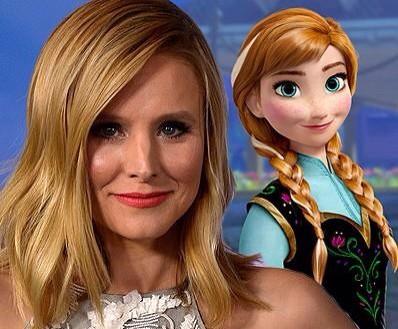
But what moderns call “co-dependency,” Reverend Timothy Keller points out the ancients would have defined more accurately as idolatry.
Anna has indeed made a false god of Elsa, for no family member can offer redemptive significance to you any more than a romantic partner can.
And what happens? Elsa, from up on that pedestal, ultimately disappoints Anna bitterly when she forces her away from her on what must be a personal quest.
Anna tells Elsa that she doesn’t want to stop her from being what she needs to be, but her insistence on accompanying her to the mystic glacier of Ahtohallan would do just that (Elsa has a hard enough time not drowning and breaking that water horse on her own without Anna bobbing around in tow in the middle of the ocean).
Elsa has her own life and a destiny that will grant her unique fulfillment in a way Anna’s love never can. Anna’s misordering of her loves now threatens to stunt the personal growth of the object of her sisterly affection.
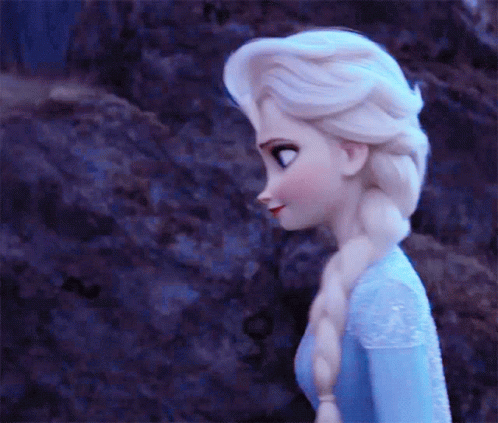
Clearly, she is no longer wishing what is best for Elsa, her words aside, but what is best for Anna. Far from “let it go,” she’s holding on to the point of constricting her sister and constricting her own heart in the process, no matter how good it feels.
To love someone or something out of its proper order, then, can harm both the lover as well as the beloved.
At a later point in the narrative, Elsa and Olaf are both dead, and Anna is uncertain of Kristoff who seems to have abandoned her. Of all that Anna has loved, she is left only with her home of Arendelle to affirm her significance and meaning.
Will she, then, now make her beloved kingdom her new idol?
No.
Instead, she chooses to “hear that voice and do the next right thing.”
But what “voice” does Anna hear? Elsa has been the one hearing voices throughout the movie, a lilting siren call associated with a larger purpose. Here, Anna is making Elsa’s voice analogous to her personal “secret siren call,” the one to her own higher purpose: to ally herself with moral law “and do the next right thing.”
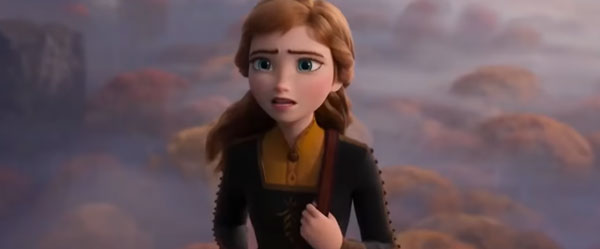 Anna’s Ultimate Defining Moment, When She Shows Herself Already a Queen.
Anna’s Ultimate Defining Moment, When She Shows Herself Already a Queen.Anna chooses to topple the dam that will flood Arendelle, and in so doing, topples her final idol. She can now live with validation and meaning without Arendelle – and without Kristoff, Olaf, and even Elsa – because she has at last put her love of what is right first.
You can only do what is right just because it is right when you are truly ready to suffer loss for doing it. And you can only do that when you love the virtuous most of all.
As Reverend Timothy Keller paraphrases Saint Augustine: “What we call human virtues are nothing more than forms of love (emphasis added)….Courage is loving your neighbor’s well-being more than your own safety. Honesty is loving your neighbor’s interests more than your own, even when the truth puts you at a disadvantage.”
Doesn’t all of the above describe Anna’s climatic actions?
By risking her life in engaging the earth giants to flood her beloved homeland, she is loving an oppressed people’s well-being more than hers. She embraces the hard truth of her own grandfather’s betrayal of them and chooses to deal with it honestly, even to her severest disadvantage.
She is, quite frankly, magnificent.
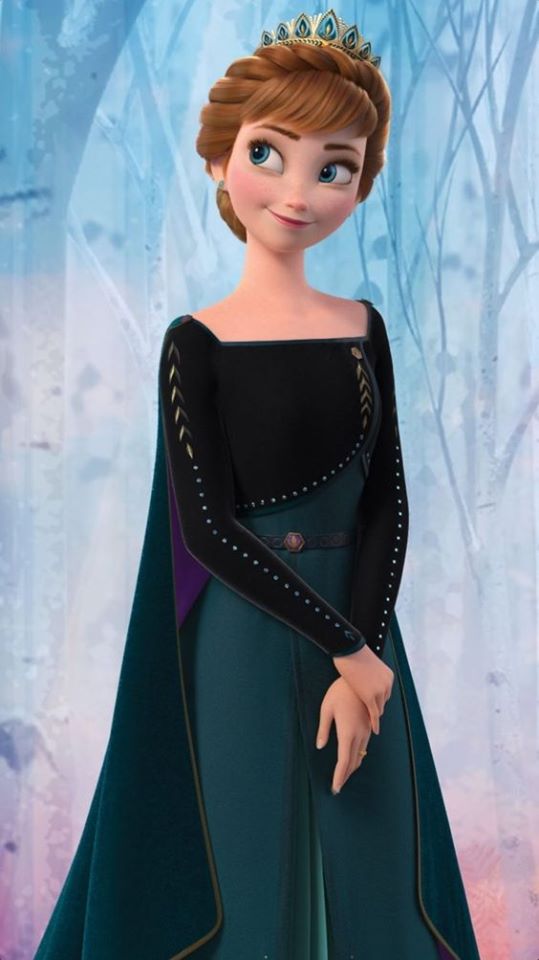
There is no other Disney princess like her. She has risen at last back to where she was at the end of Frozen but on a much grander scale, both inwardly and outwardly.
Anna is, once more, the redeemer heroine. Before the crown is ever set on her head, she is already a queen.
And then…the magic happens. For now that Anna has demonstrated that she can live without even those uniquely precious other loves, if it means doing “the next right thing,” she is ready to receive her lover, her sister, and her home back.
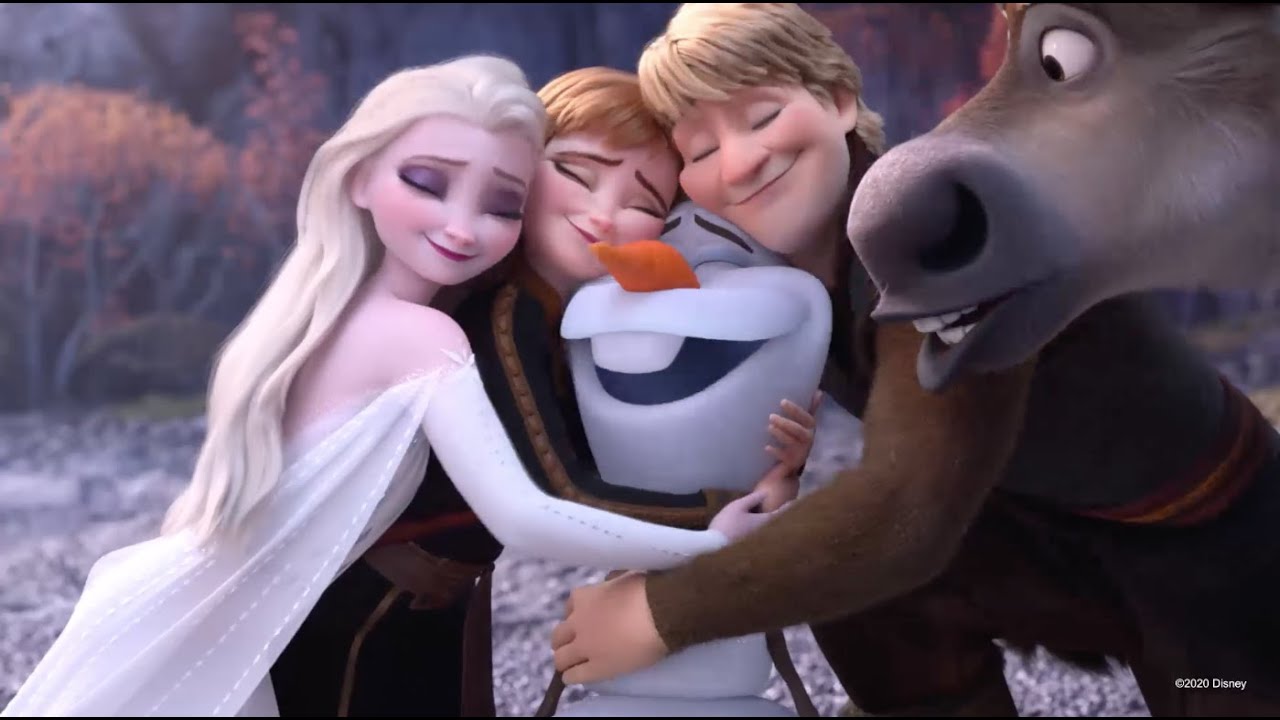
And this time, she can love them all far better than ever before. In fact, the significance and depth of each love has increased, not lessened, because now she’s loving them for who and what they are, not what she tried to turn them into but could never be.
She has rediscovered the truth behind her initial sacrifice of her own life for her sister in the first Frozen, the timeless principle that her mother used to sing to the girls in her lullaby: “when all is lost / then all is found.”
II. ELSA: “YOU’RE NOBODY ‘TILL SOMEBODY LOVES YOU?”
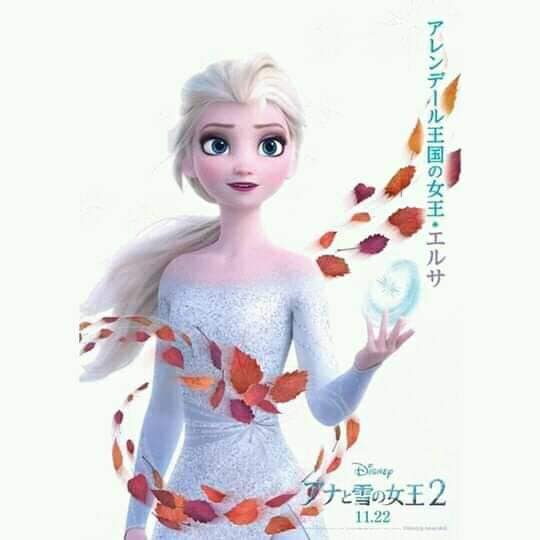
Has there ever, in seventy years of animated feature films, been another cartoon character over whom more people have been obsessed with pairing off with a romantic partner like they have Queen Elsa of Arendelle? It would seem the only one in Frozen-dom not obsessing over it is Elsa herself.
In the years between movies, she would have had much adjusting to do. Regaining a family, coming into her kingdom, and coping with the implications of her growing powers, would understandably make a romantic relationship something less than a priority for the young queen.
That’s not the same thing as saying we must assume that she is not interested in romantic love. There’s a difference in not being interested and not being obsessed, as is Anna, with finding a loving partner.
A person with Elsa’s personality profile actually has a higher chance of finding a satisfactory mate. Independence and dedication to a purpose outside finding your prince (or princess) are alluring and attractive.
When both partners bring this wholeness to a relationship, well, now you have a relationship to be excited about.
“My flame is my own,” my own ice maiden, Princess Freyja, tells one of her suitors in my novel Portrait of a Snow Queen, “but, oh, how you make it leap!”
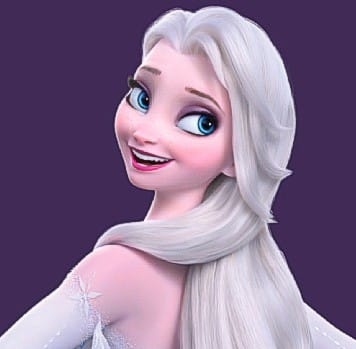
In real life, I’ve met some appealing women who, when other girls were hitting every party because “there’d be guys there,” were instead investing their time in preparing to fulfill their callings.
“(Dating) wasn’t a priority” during an earlier period in her life, my (now happily married) dentist recently told me. These type of ladies have a special allure because they have, or will, come to a relationship as a “whole,” not a half seeking someone to lean on and “give them meaning.”
By ordering their loves to give “priority” to fulfillment through a vocation, professional or otherwise, they’ve applied the ancient philosophical principle of Seneca: increase your chances of making friends with others by building a friendship with yourself first through self-sufficiency (thanks to Ananda Krishnan for the Seneca quotation!).
This is true “empowerment,” be it female or male. As songwriter and story contributor to Frozen 2 Kristen Anderson-Lopez told IGN, “…Elsa is not just defined by a romantic interest. There’s so many (other) movies that define a woman by her romantic interest.”
Frozen 2 is far more sophisticated in expanding the non-romantic love theme of the first film. Kristen Anderson-Lopez and her husband Bobby brilliantly set us up for this ultimate reversal of expectations with the lyrics to Elsa’s climactic number “Show Yourself.”
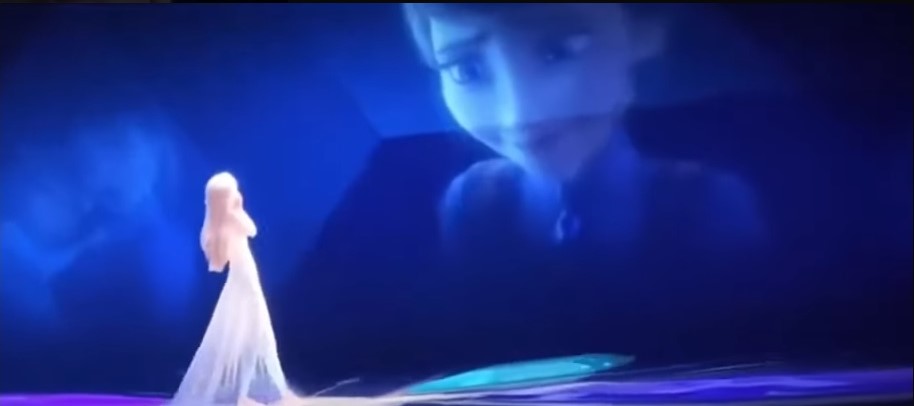
We are culturally conditioned so that lines like “I’m dying to meet you,” “Are you the one I’ve been looking for all of my life?,” “Come to me now…” all signify someone about to greet the great romantic love of his or her life.
Instead, Elsa discovers, not a lover in Ahtohallan, but the role for which she was predestined. She is meant to fill an unique space in the creative order between the spiritual and natural. So are you, by the way:
“…You have made (humanity) just beneath the angels…. to rule the works of your hands: all sheep and oxen, the beasts of the field; the birds in the air, the fish in the sea, and whatever passes through the paths of the seas” (Psalms 8).
“I am found!” Elsa bursts out in exultation as she “steps into her power,” that is, her redeemed self in its proper purpose, for, together, these offer her a significance and joy that is unshakable.
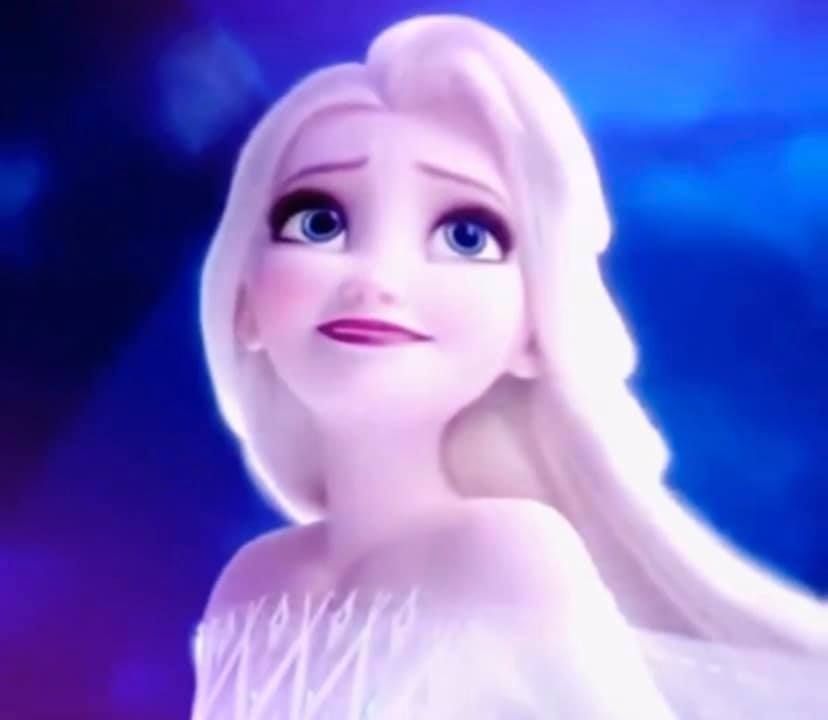
“True happiness,” my local minister Beaty Bass noted recently, “is rooted in who we were made to be.”
Before this, though, Elsa, like Anna, has some work to do in putting her own loves in order. “Everyone I’ve ever loved is here within these walls” she sings early on and clearly doesn’t want to give up the life she is enjoying at last, having only recently gotten it back.
Yet, she is haunted by there being something more, a love that must come first before she, like Anna, can properly love “everyone within those walls” as well as her people of Arendelle, and her unsuspected other people, the Northuldra. And what love is that?
“My sister gave her life for the truth,” Anna says.
Elsa chooses to love truth above all, to give it her highest dedication, passion, and commitment, even when the truth hurts, because that kind of “diving down deep” is what it will take to set things right.
Again: “Honesty is loving your neighbor’s interests more than your own, even when the truth puts you at a disadvantage.”
So, Elsa suffers the disadvantage of sharing her sister’s redemptive death from Frozen while Anna, as noted before, repeats her previous sacrifice in a different way.
In yet another Frozen twist on our fairy tale expectations, the happy ending here is fuller and richer inner lives for both heroines. Anna as the new queen of Arendelle radiates an independence, confidence and mature joy that she’s never shown before in the franchise.
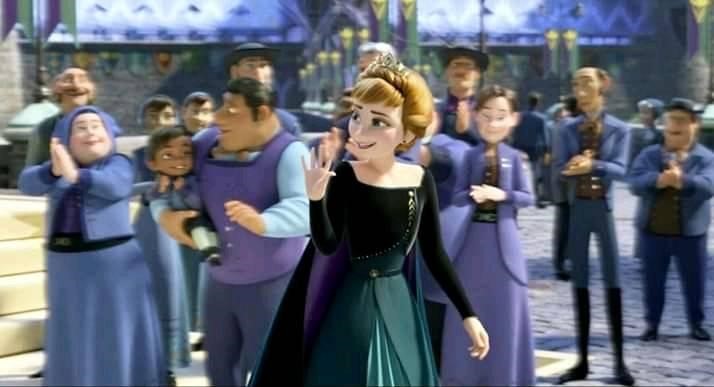
And so does Elsa in her new role as the incarnate mediatrix fifth elemental spirit.

Through the proper ordering of loves, the sisters will have so much more to bring to their on-going reunions because they are now capable of so much happiness and satisfaction when apart.
Only thus have both “step(ped) into (their) power” : by “not loving what is wrong to love, by not failing to love what should be loved, by not loving too much what should be loved less, and being careful not to love too little what should be loved more.”
Only thus have they “grown (themselves) into something new.”
And only by moving their heroines forward this way could the creative team take the Frozen franchise’s theme of “do(ing) something different on the definition of love” in a princess movie to its fullest artistic expression.
Frozen 2 is now available to own on Blu-Ray and DVD.
